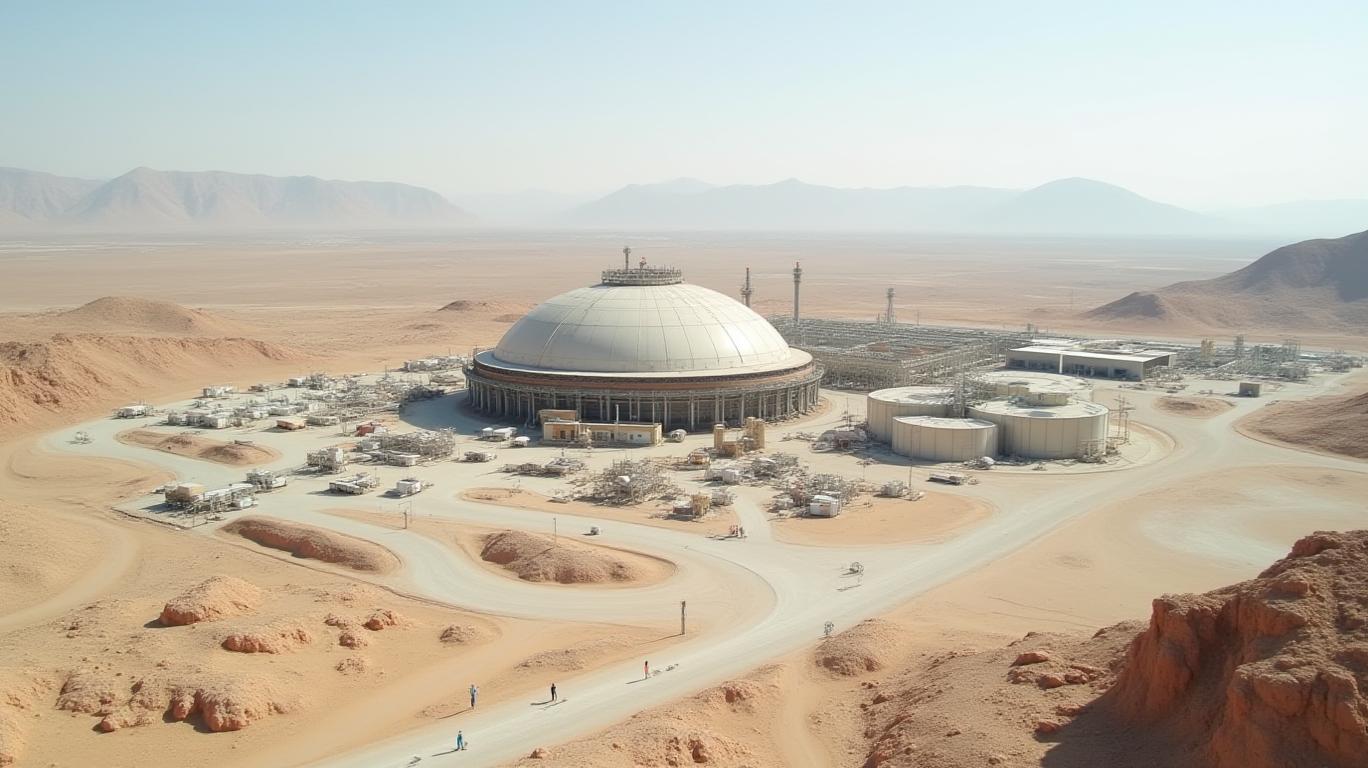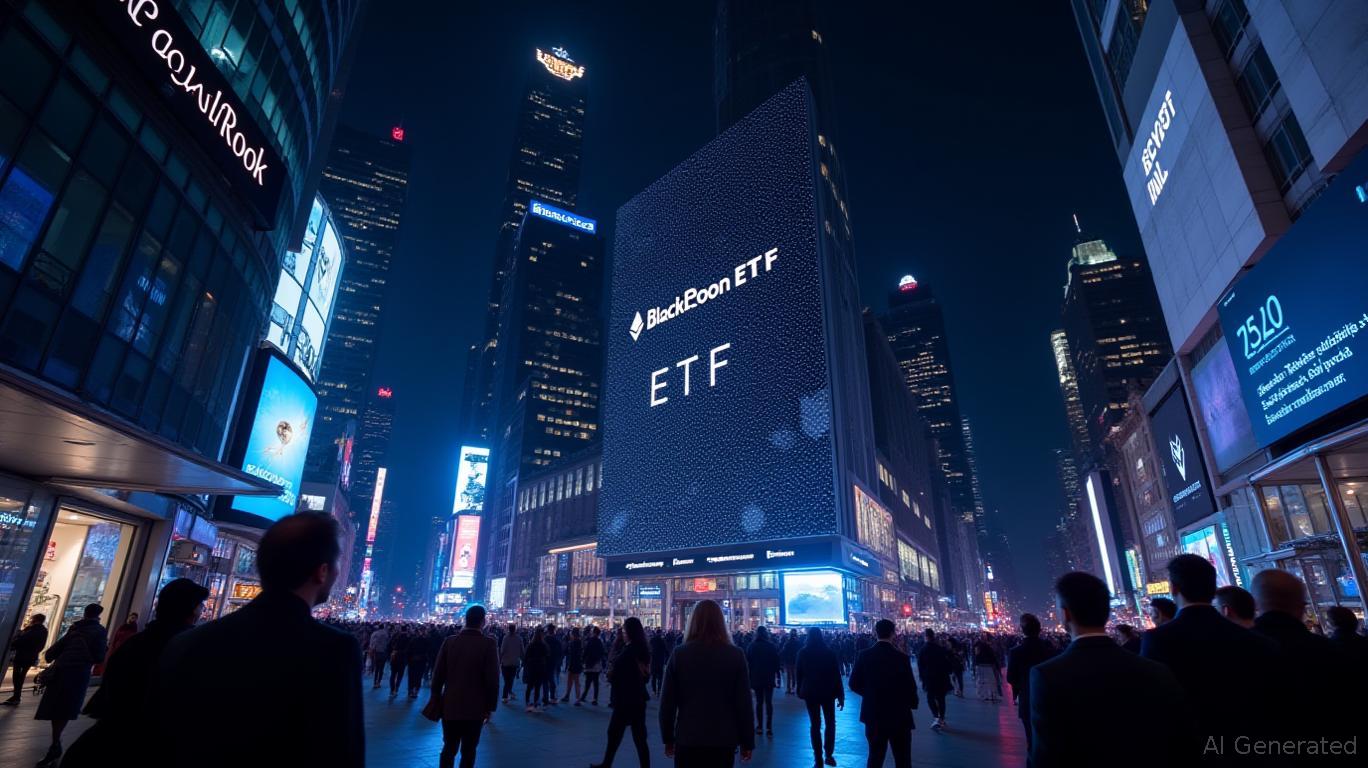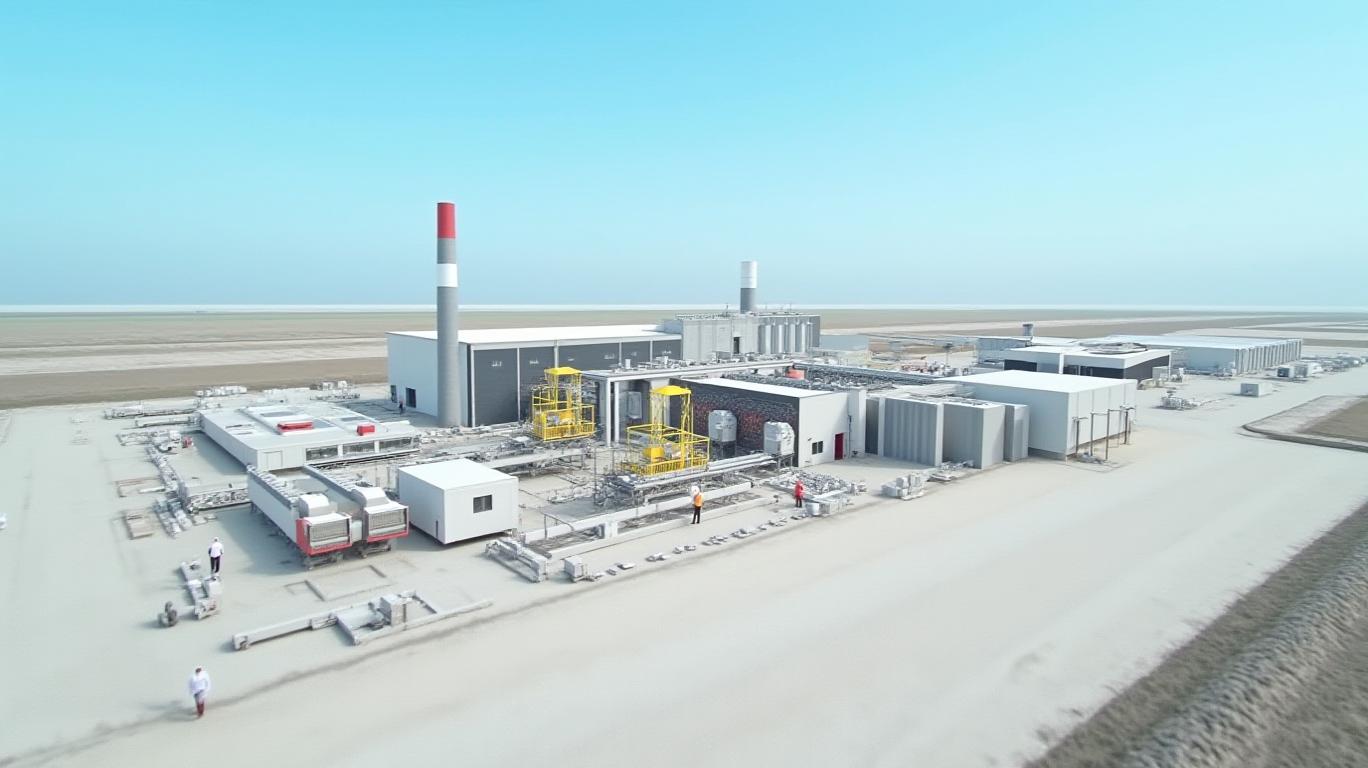Chevron Corporation Q1 2025 Earnings: Navigating Challenges with Strategic Resilience
Chevron Corporation’s Q1 2025 earnings reflect a complex balancing act: maintaining production stability, navigating portfolio shifts, and prioritizing shareholder returns amid a backdrop of volatile energy markets and operational headwinds. While net income declined year-over-year to $3.5 billion, the company demonstrated resilience through its flagship Tengizchevroil (TCO) project, cost discipline, and a disciplined approach to capital allocation. Let’s dissect the results and their implications for investors.
Production Stability Amid Transition
Chevron’s worldwide net oil and gas production held steady at 3.353 million barrels of oil equivalent per day (MBOED), nearly unchanged from the prior quarter. This stability was no small feat. Asset sales in Canada, Alaska, Congo, and East Texas reduced output by 105 MBOED, but these losses were offset by major project contributions. The TCO project in Kazakhstan, a cornerstone of Chevron’s strategy, added 100 MBOED after ramping up to full capacity. Meanwhile, Gulf of Mexico projects like Anchor, Whale, and Ballymore contributed an additional 20 MBOED.

The TCO project’s success is pivotal. Management emphasized that its full ramp-up in early 2025 positions the company to generate significant free cash flow starting in H2 2025, assuming a $70/BBL Brent price. This underscores Chevron’s focus on high-return projects to insulate against commodity price volatility.
Cash Flow Resilience and Capital Allocation
Chevron’s cash flow metrics reveal a mix of challenges and strengths. While operating cash flow totaled $5.2 billion, excluding working capital effects it rose to $7.6 billion—a strong sign of operational efficiency. Capital expenditures of $3.9 billion prioritized organic growth, with $3.5 billion directed toward projects like TCO and the Gulf of Mexico.
Shareholder returns remained a priority, with $3.0 billion paid in dividends and $3.9 billion repurchased in shares, totaling $6.9 billion returned to investors. However, cash reserves dipped to $4.6 billion from $6.8 billion at year-end 2024, driven by these distributions and debt issuance. Despite this, Chevron’s debt ratios remain conservative: total debt is 16.6% of capitalization, well below industry peers.
The stock fell 2% in premarket trading after the results, reflecting investor skepticism about near-term headwinds. Yet the company’s balance sheet strength and long-term cash flow drivers suggest this is a temporary reaction.
Strategic Priorities and Risks
Chevron’s strategy hinges on four pillars:
1. Portfolio Reshaping: Selling non-core assets (e.g., Canadian gas fields) to focus on high-margin projects.
2. Cost Discipline: Targeting $2–3 billion in structural cost reductions by 2026 via automation, divestments, and operational streamlining.
3. Downstream Efficiency: The Pasadena Refinery’s 45% capacity boost via Light Tight Oil (LTO) expansion highlights efforts to boost refining margins.
4. TCO-Driven Growth: The project’s cash flow potential is central to Chevron’s ambition to become an industry leader in free cash flow by 2026.
However, risks loom large. Q2 faces 105 MBOED production losses due to turnarounds and downtime, while downstream earnings could drop by $300–$350 million. Geopolitical risks—such as Russia’s energy policies and Middle East tensions—add uncertainty. Additionally, the pending Hess acquisition remains unresolved amid arbitration over the Stabroek Block.
Conclusion: A Cautionary Optimism
Chevron’s Q1 results paint a picture of strategic resilience. While short-term challenges like lower oil prices and operational hiccups weigh on near-term performance, the company’s long-term prospects remain robust. The TCO project’s ramp-up and Gulf of Mexico growth position Chevron to capitalize on rising global energy demand, particularly in liquids.
Crucially, Chevron’s $70/BBL breakeven assumption for TCO and its disciplined capital allocation (prioritizing dividends and share buybacks while maintaining a conservative debt ratio) suggest it can weather commodity cycles. Investors should also note its $3.7 billion in free cash flow (excluding working capital) in Q1, a testament to operational efficiency.
Yet risks persist. The Hess arbitration outcome, refining margin pressures, and geopolitical volatility could test Chevron’s execution. Still, the company’s focus on high-return projects and cost discipline makes it a defensive play in an energy sector rife with uncertainty. For now, Chevron’s ability to “win in any environment”—as CEO Mike Wirth puts it—remains intact.
Final Takeaway: Chevron’s Q1 results affirm its strategic pivot to high-margin assets and cash flow resilience. While near-term headwinds exist, the company’s long-term trajectory, anchored by TCO and Gulf of Mexico growth, positions it to outperform peers in an evolving energy landscape. Investors seeking stability in energy equities would do well to monitor these trends closely.



_23f7f7eb1749627884277.png)






